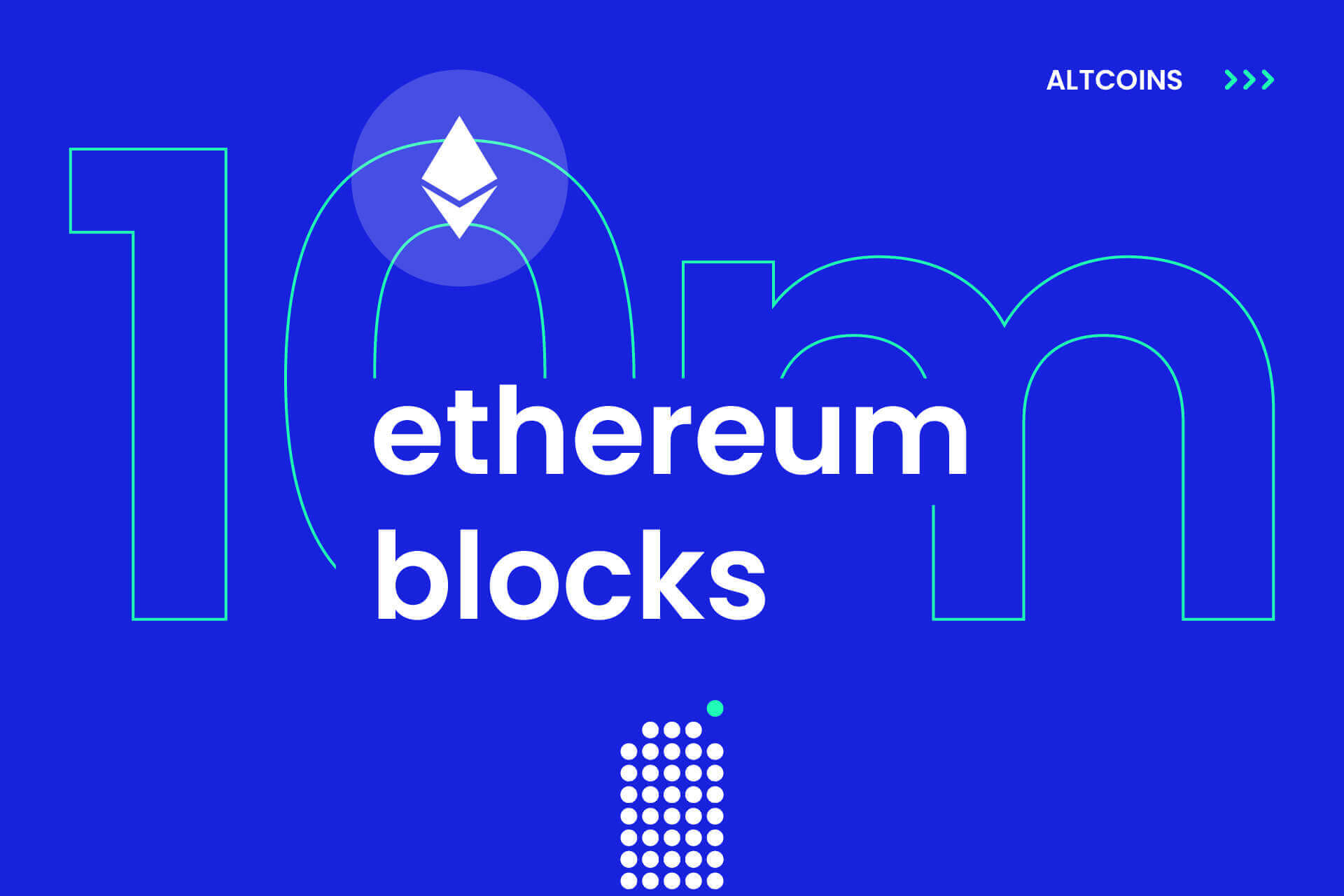
The number of blocks on the Ethereum blockchain already exceeded 10 million. The impressive growth marks a historical milestone for the world’s second-biggest cryptocurrency.
The size of the Ethereum blockchain changed on May 4, when the miners produced the 10 millionth block. According to the data of Extherscan, the historic block was minted exactly at 01:22:13 PM (UTC).
All these ETH blocks were mined over the past 5 years, since the beginning of the Ethereum blockchain, when its first block was produced back in July 2015.
According to Ethereum analyst Luit Hollander, all the blocks were generated by the computing over 15 zettahashes. In consumer graphic card this would take 150 million years to generate the exact amount of zettahashes to create 10 million Ethereum blocks.
Meanwhile, the world’s leading crypto asset Bitcoin, contains 628,900 minted blocks till now. Despite the fact, that Bitcoin launched 6 years earlier that Ether – in 2009 – it has fewer blocks mainly due to the longer mining process. Each Bitcoin block takes about 10 minutes to mine, while the Ethereaum block can be minted ever 20 seconds.
The merits of the quickly increasing size of Ethereum blockchain most probably go to powerful ASIC mining machines, that changed the previously used CPUs.
Technically the fact of 10 million blocks has no influence on the network’s performance. It is more like a psychological argument for Ethereum enthusiasts to prove that the network is going strong. The news, however, received a lot of attention on social media:
The optimistic year for Ethereum
The ascending amount of blocks is not the only optimistic news from the Ethereum network. The blockchain has plans to upgrade to Ethereum 2.0 version later this year. This means the open-source network will move from Proof-of-Work (PoW) to Proof-of-Stake (PoS) consensus algorithm.
Shifting to the PoS model allows anyone to mine blocks or validate transactions according to how many coins they hold. This means that the more Ethereum coins the miner holds, the more mining power he has. Meanwhile, the current PoW algorithm allows block mining only after solving complicated mathematical puzzles.
Moreover, Ethereum network shows increasing popularity within the industry of decentralized finance (DeFi). Dailycoin previously reported that the major part of $8 billion total transactions made across various blockchains during the past year, was generated by using the Ethereum protocol.
